So you need to profile your laser beam but are worried about the cost of a beam profiler? Or maybe you just think it will be too complex for your technicians?
BeamTrack is a laser power sensor that also measures beam size (PPS version only) and position (all versions).
My question: Can you use BeamTrack as an alternative to a full laser beam profiler?
Sort of.
It really depends on what you need to measure.
There are several advantages to using a BeamTrack sensor instead of a profiler:
- Simple to measure where you are on the beam:
The BeamTrack is an ordinary thermal power meter that measures beam size as well. Unlike beam profilers that have beam splitters and attenuators in the way and the detector tucked deep inside, it is easy to measure the distance from the source to the measuring surface and thus know exactly where on the beam you are measuring the beam size. In addition, the absence of additional optical components in the beam path eliminates any worries about the possibility of thermal lensing influencing the measured beam size. - Low cost:
This is the most obvious advantage. Without the need for complicated moving parts, specialized camera equipment, or extensive software, the BeamTrack sensors can be offered at a fraction of the cost of traditional beam profiling equipment. - High power:
There are many ways to profile a high power laser beam, but they generally involve complicated optics, and often are a compromise of either accuracy or ease of use. BeamTrack is based on a thermopile laser power sensor, so it can be used for powers of up to a kilowatt without any attenuation at all. - Easy to use:
BeamTrack can be used with a simple power meter (display) so there’s no need to dedicate a PC to the measurement setup. The screen will show power, position, and beam size (depending on the model), giving you an instantaneous measure of these parameters. - Large beam:
BeamTrack sensors have an aperture up to 50 mm, and they can measure large beams without sacrificing precision of the position measurement (10 micron).
Sounds pretty good?
Hang on a second. There are still some cases you will want (or need) to invest in a proper beam profiling system.
Most obviously, if you need beam profile measurement data and not just position and size. In this case, BeamTrack just isn’t the right solution for you. BeamTrack “QUAD” sensors measure power and laser beam position, while the BeamTrack “PPS” line measures power, position, and laser beam size. Either way, they cannot provide detailed information of the profile, including M2, ellipticity, hot spots, etc.
Furthermore, if your laser mode is not Gaussian (nor near-Gaussian), the BeamTrack technology will only give relative – not absolute – measurements of beam size, although beam position and power can still be measured regardless of the mode.
At the end of the day, BeamTrack is a tool. If it’s the right tool for the job, it can save you money, time, and hassle. If it’s not the right tool, then go get the right tool! 🙂
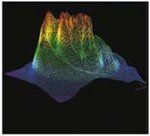
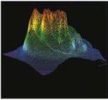
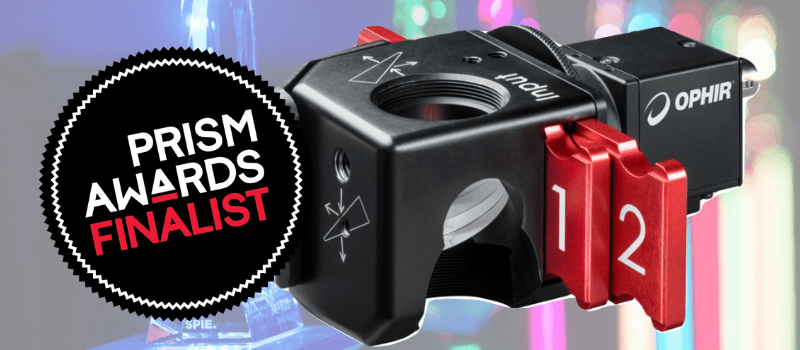
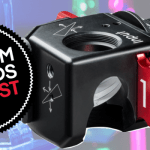
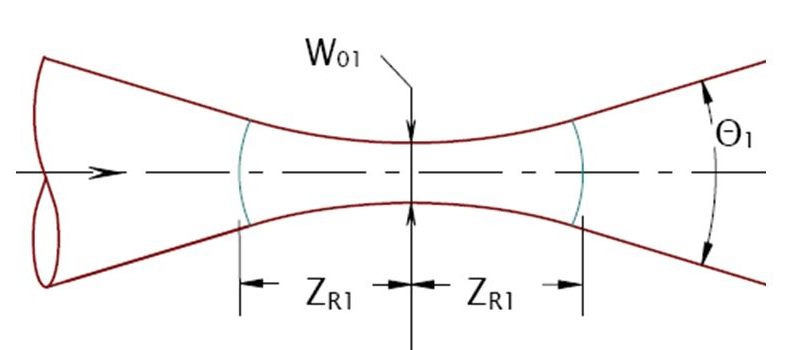
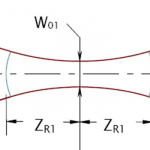


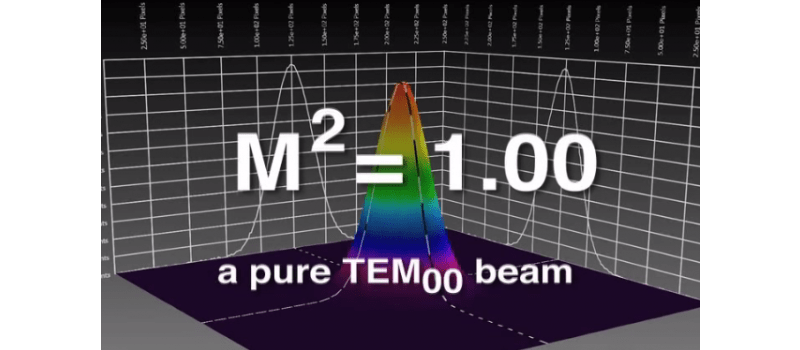
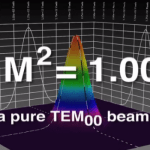


Leave a Reply
Your email address will not be published. Required fields are marked *